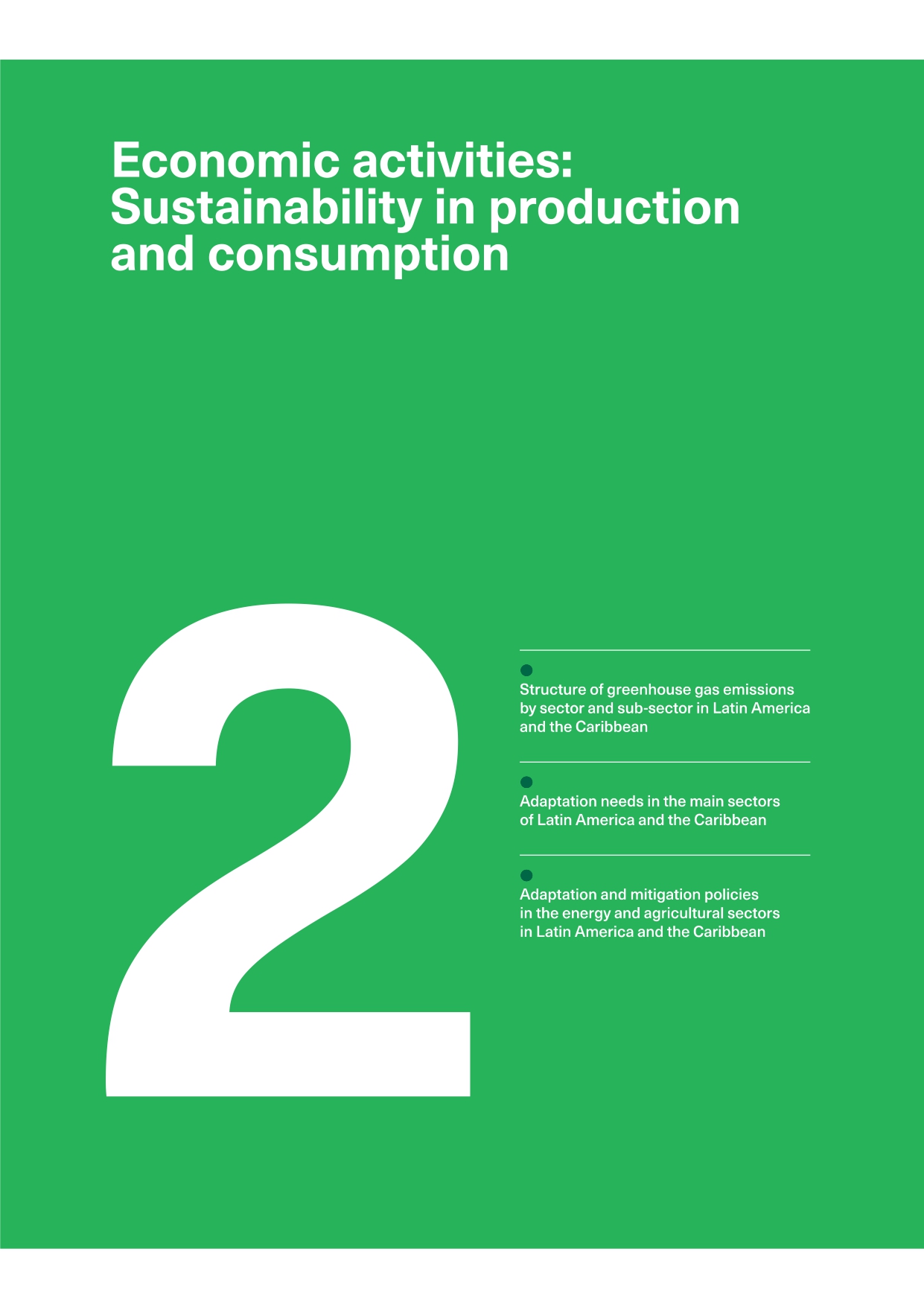| dc.description.tableofcontents | This working paper quantifies the role of current land quality and geographic conditions as well as projected future climate change for agricultural productivity differences across and within Latin American and Caribbean (LAC) countries. It combines geospatial data on potential yields by crop and grid-cell, with a spatial accounting framework. If LAC countries produced their crops in the locations, they produce them with potential yields rather than actual, the 18 percent aggregate yield deficit relative to the richest countries would be reversed to an 18 percent surplus. While there are considerable cross-country and within-country heterogeneity, overall LAC countries have favorable natural land productivity. With improved input application and cultivation practices most LAC countries can double agricultural productivity, with substantial structural change implications. Climate change will reduce average yields in most LAC countries, but because of its heterogeneous effects across regions, there is more scope for yield gains from the spatial reallocation of production than under current conditions. | es_ES |




